
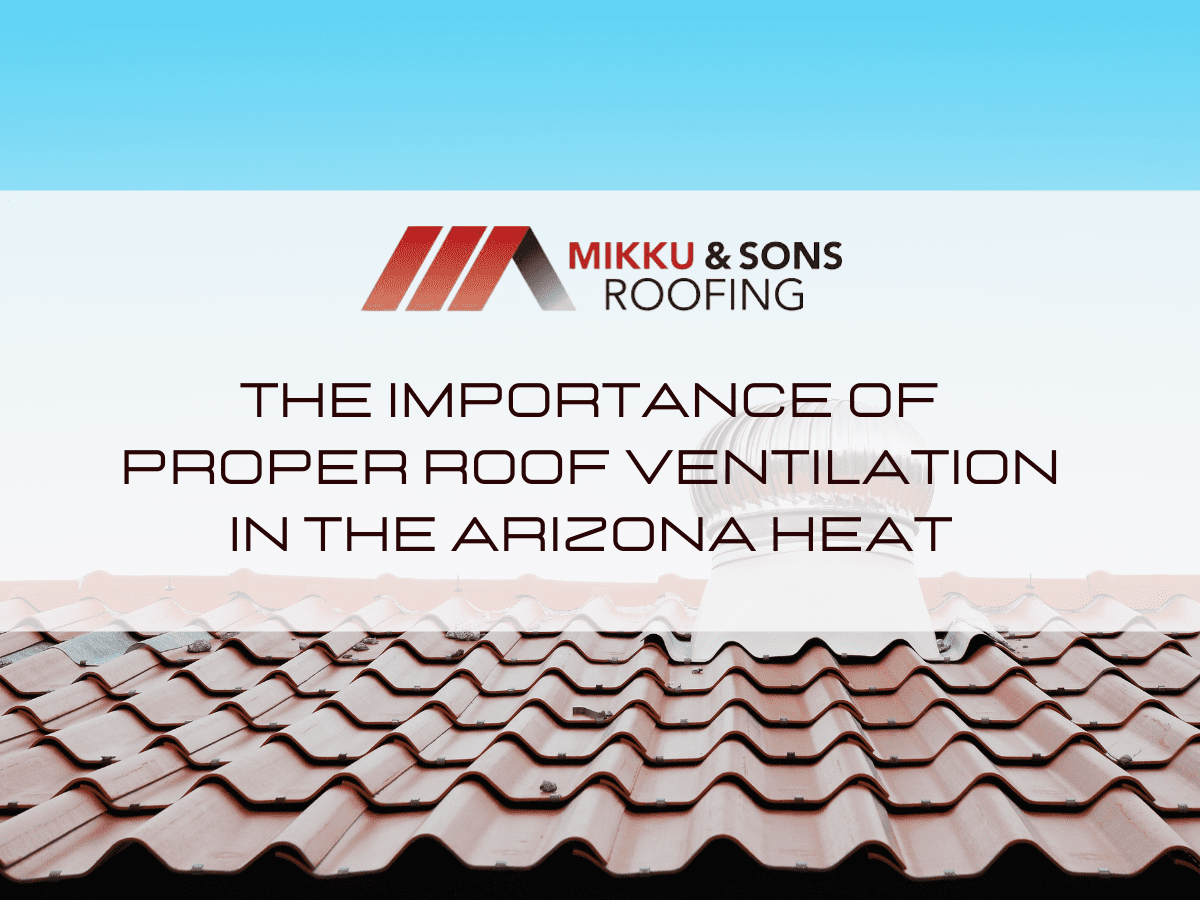
Are you wondering what is the proper roof ventilation in the Arizona heat? Maintaining a comfortable home environment presents unique challenges in the breathtaking, arid expanse of Arizona, where temperatures routinely reach triple digits. Among them is a factor that often goes unnoticed: proper roof ventilation. It is a subject often overlooked in the broader discussion of building design and maintenance, yet, it carries immense significance.
By ensuring a properly ventilated roof, homeowners can reduce the strain on their air conditioning units, reduce energy costs, maintain the structural integrity of their houses, and enjoy a healthier living environment.
This article aims to shed light on the importance of proper roof ventilation in Arizona's scorching climate, exploring the science behind roof ventilation, its tangible benefits, and effective ventilation strategies for your home. Let’s start!
Before delving into the importance of roof ventilation in Arizona heat, it's necessary to understand what roof ventilation is and how it operates. Simply put, roof ventilation is a system that allows air to flow in and out of your attic space, ensuring that the air inside your home is neither too hot nor too cold, regardless of the weather outside.
The science behind roof ventilation is relatively simple. The sun heats up the roof, warming the air in your attic. If this warm air is not allowed to escape, it can radiate downward, raising the temperature of the living spaces below.
At the same time, cool air must be allowed to enter the attic to replace the hot air that has been expelled. This process creates a continual air exchange, keeping the attic's temperature more in line with the outside temperature, which is significantly cooler than the heated roof surface.

In the relentless heat of Arizona, where summer temperatures can soar past 100 degrees Fahrenheit, proper roof ventilation becomes more than just a matter of comfort; it's a necessity for several reasons:
In the scorching Arizona heat, attics can reach temperatures far exceeding the outdoor temperature. This heat buildup can then permeate downward into living areas, causing air conditioning systems to work harder and consume more energy.
By promoting the circulation of cooler air and expulsion of hot air, proper roof ventilation reduces the temperature in the attic, resulting in less strain on the air conditioning system, conservation of energy, and reduction of utility bills.
Prolonged, extreme heat exposure can cause significant damage to your roof. The roofing materials can deteriorate more quickly under these conditions, leading to leaks, damage, and potentially a premature need for roof replacement. The heat can also warp the house's structural elements over time.
A well-ventilated roof helps mitigate these risks by reducing the temperatures to which these components are subjected.
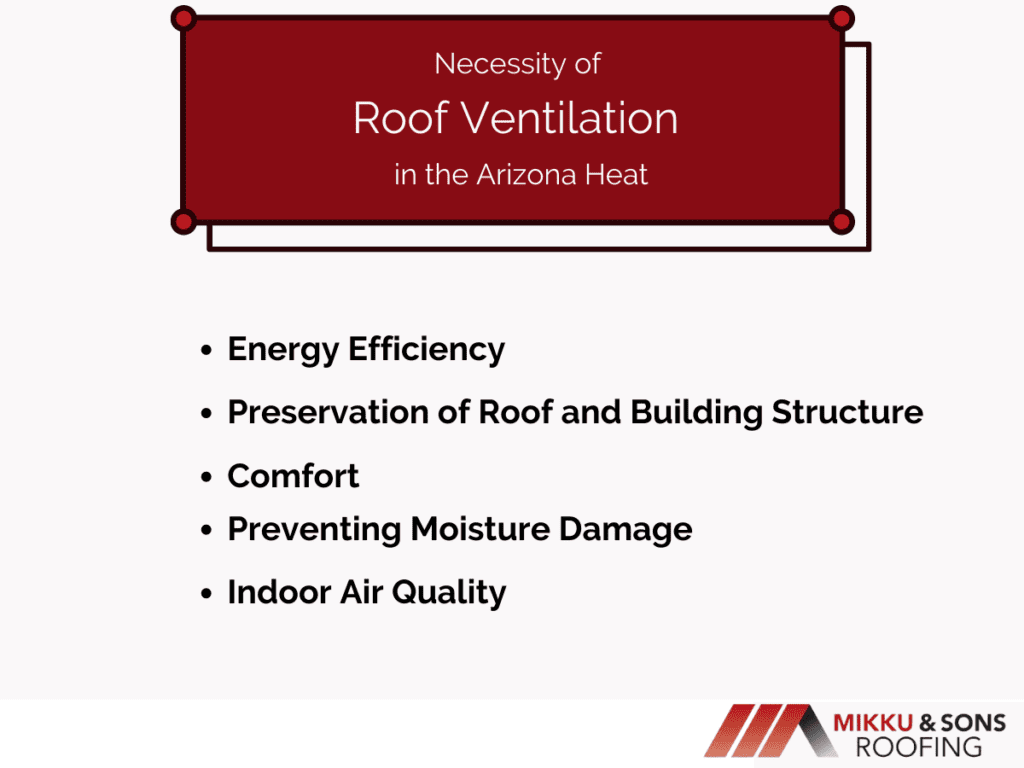
Comfort
Inadequate ventilation can turn your attic into an oven, allowing heat to permeate down into your living space, making your home uncomfortably warm. Good ventilation helps to keep your home cooler and more comfortable during the Arizona summer.
While Arizona is known for its dry heat, it still experiences periods of high humidity, rain, and even snow in some regions. During cooler months, warm air from heating systems can rise into the attic, where it can condense on colder surfaces, leading to moisture accumulation.
Over time, this can lead to mold growth, wood rot, and other moisture-related problems. Proper ventilation helps maintain a more consistent attic temperature, reducing the potential for condensation.
Improperly ventilated attics can become hotspots for mold and mildew growth, particularly if there are leaks or condensation issues. These spores can infiltrate your home's living spaces, triggering allergies, asthma, and other respiratory issues.
Proper roof ventilation can help improve your home's overall air quality by maintaining a cooler, drier attic environment. Thus, proper roof ventilation is essential for maintaining a comfortable, healthy, and energy-efficient home in the Arizona heat. It is a critical aspect of home design and maintenance in hot climates and one that warrants careful consideration.
Roof ventilation methods primarily focus on maintaining a continuous flow of air in the attic, removing hot air, and bringing in cooler air. The various methods employed each have their own strengths and specific uses, and often, a combination of methods is used to achieve optimal ventilation.
Here are some common roof ventilation methods:
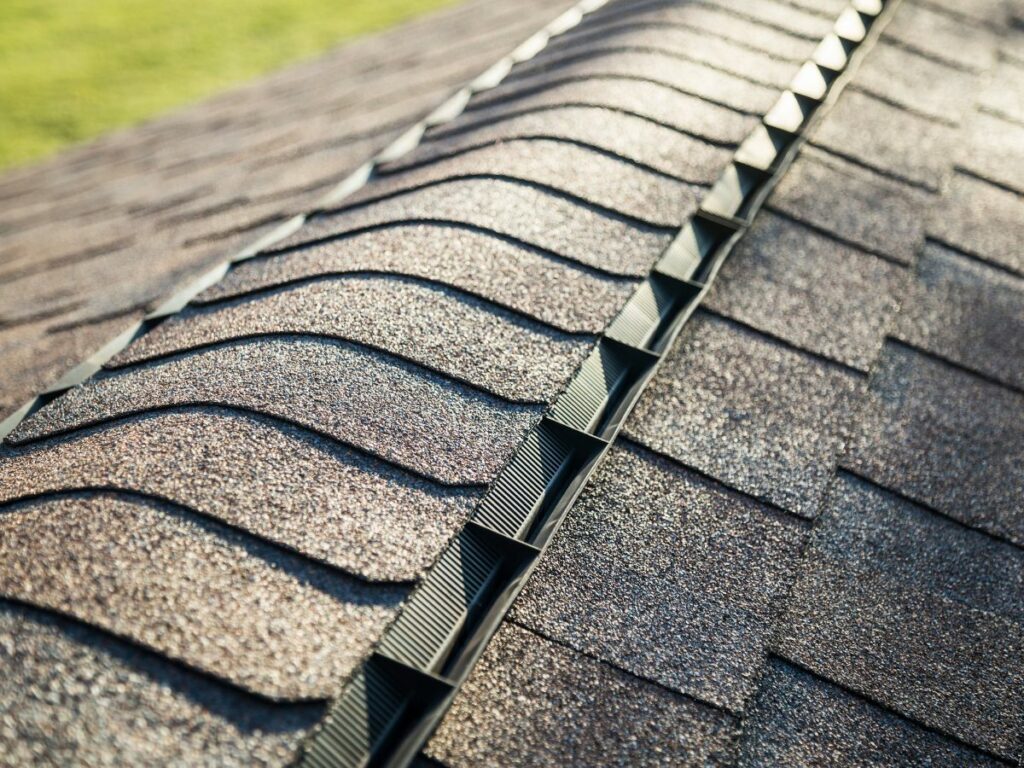
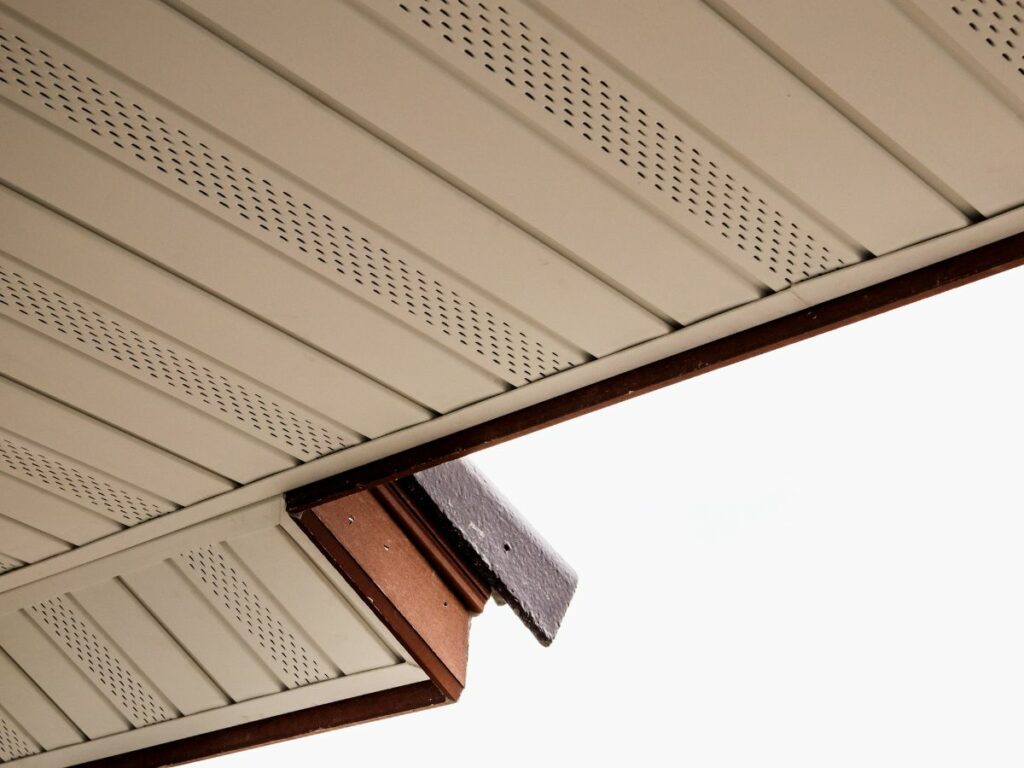
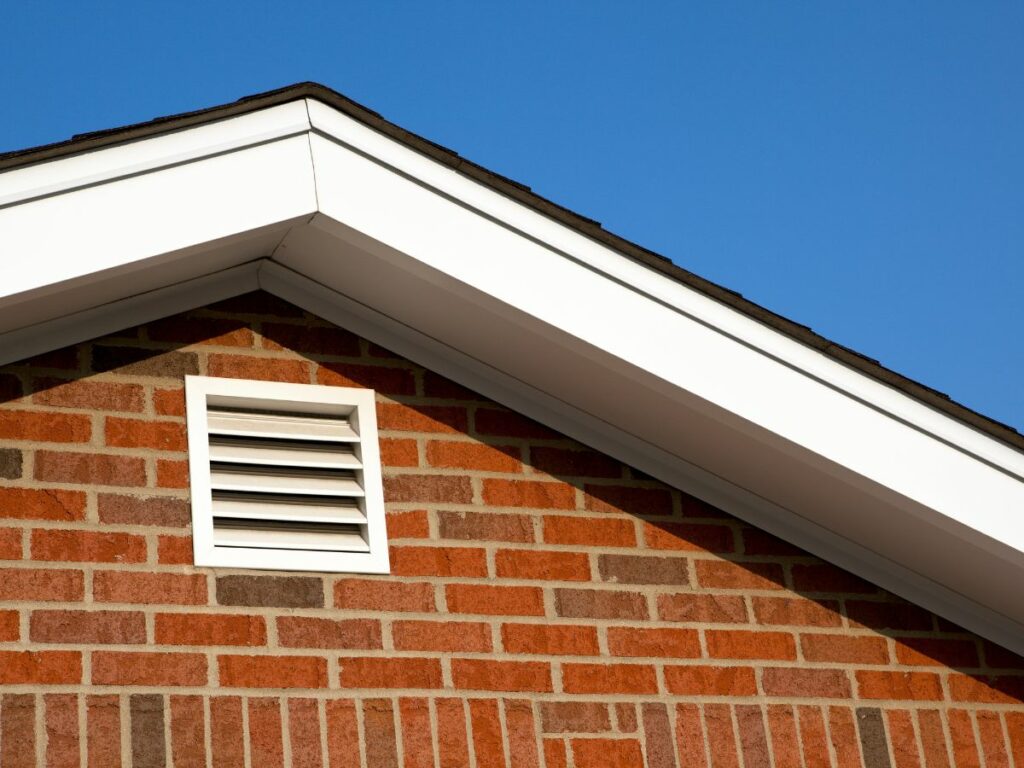

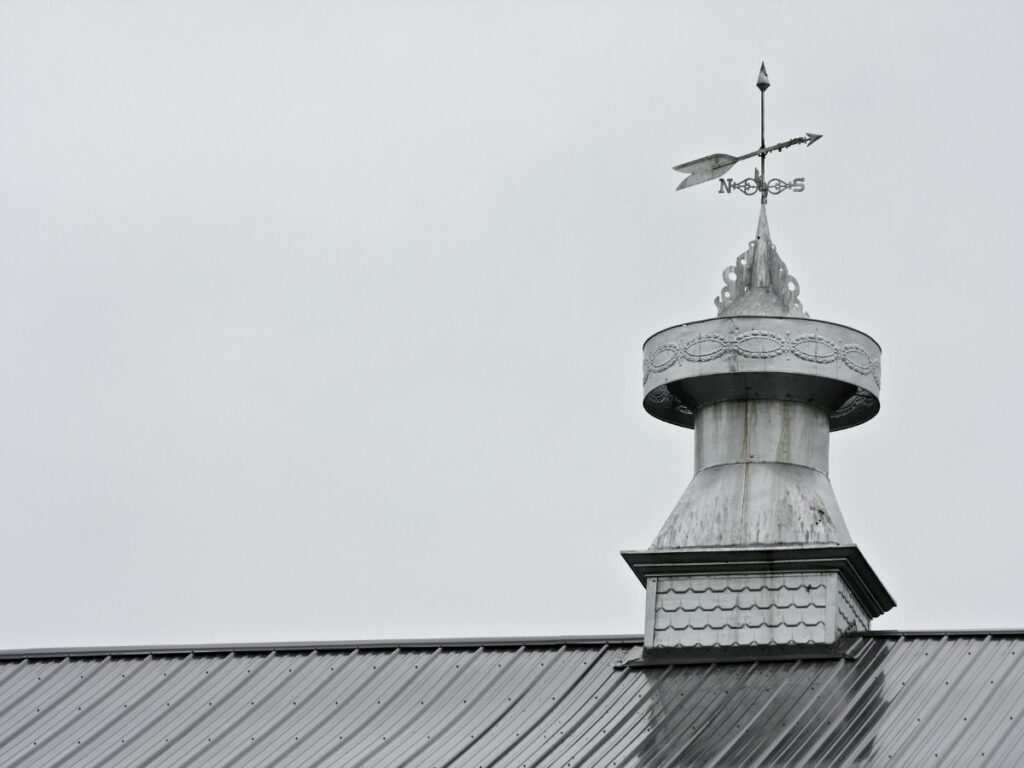
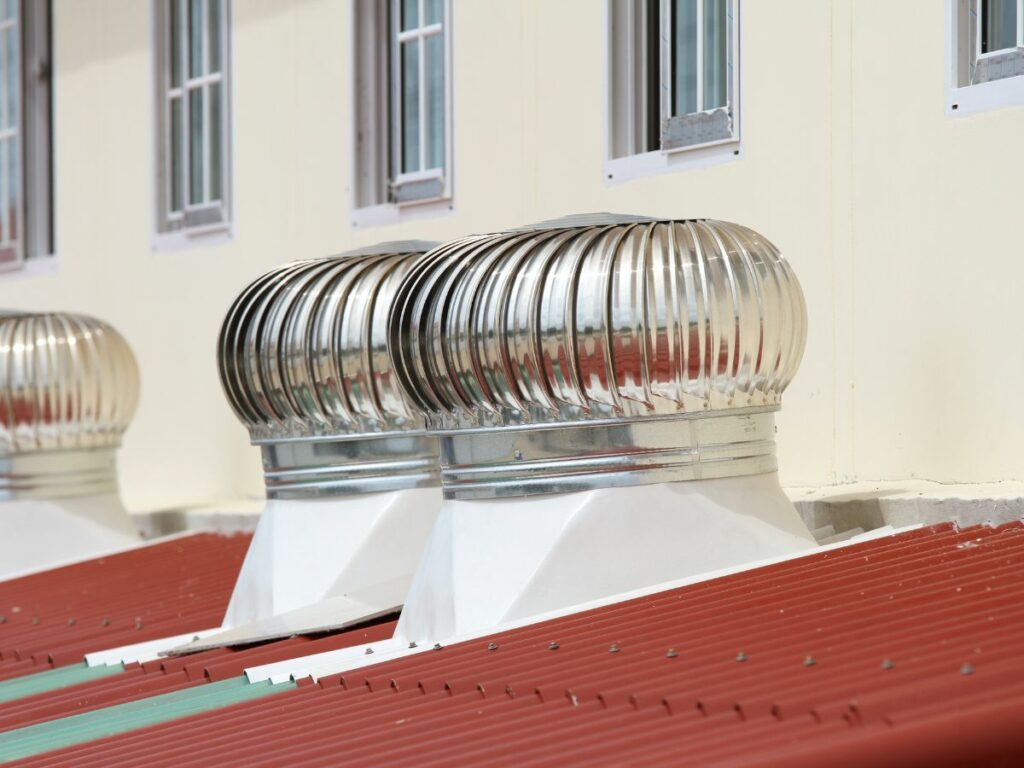
Choosing the best method or combination of methods for ventilating a roof depends on a variety of factors, including your roof's design and structure, local climate, and your specific needs. It is recommended to consult with a roofing or ventilation expert to determine the most effective ventilation system for your home.
While installing or improving your roof's ventilation system may involve an initial investment, the long-term benefits in the form of lower utility bills, reduced maintenance costs, and a healthier living environment make it a wise decision, particularly in the extreme heat of Arizona.
Considering your home's specific needs and characteristics, working with a professional roofer who can evaluate your current ventilation system, identify any issues, and provide the most effective solutions is highly recommended.
Remember, a well-ventilated roof protects the house from the searing Arizona heat, enhances the roof's longevity, and contributes to a healthier, more comfortable indoor living environment. It is a fundamental aspect of home maintenance in Arizona that deserves careful attention and timely action.
